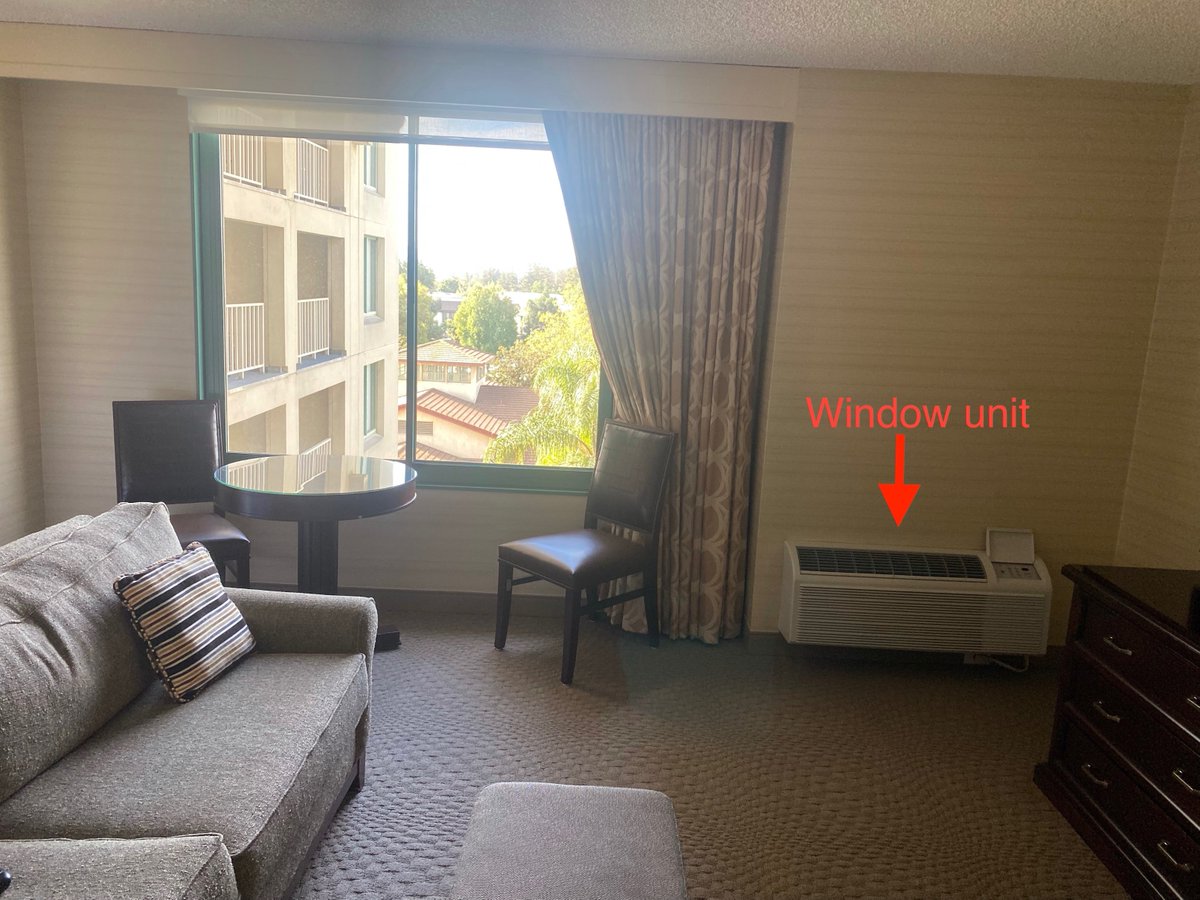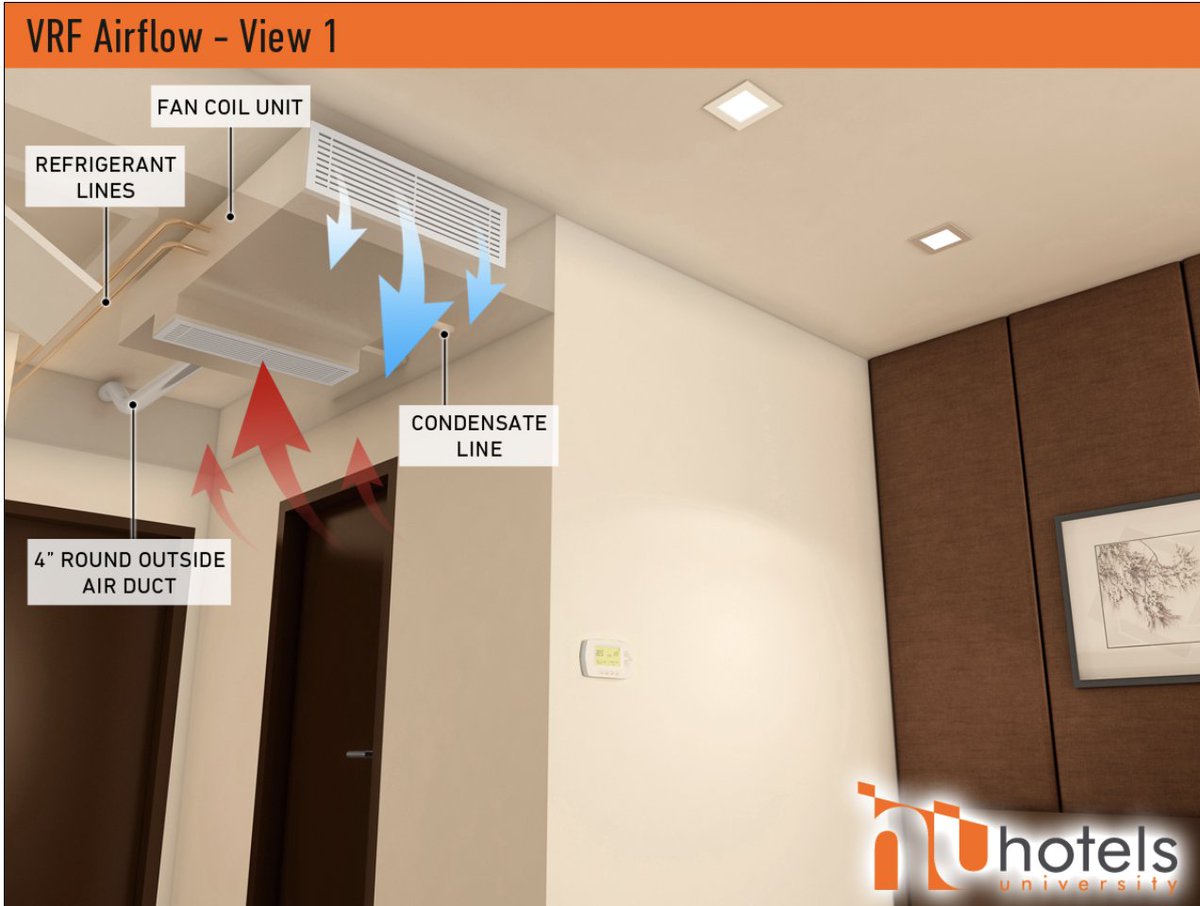My school installed an electronic air cleaner system (EAC), what should I do?
1) Ask for the following (part 1):
-Make/model of the system
-What is the basis to choosing the number of units? How many units is needed for the airflow, number of people, ft2?
- How do we verify it is working after it is installed?
-Make/model of the system
-What is the basis to choosing the number of units? How many units is needed for the airflow, number of people, ft2?
- How do we verify it is working after it is installed?
Ask for the following (part 2)
- Efficiency test data that correspond to the install (in-room versus duct?)
- By-products test (formaldehyde, ultrafine particles, ozone) test at the SAME conditions of the efficiency test.
- Efficiency test data that correspond to the install (in-room versus duct?)
- By-products test (formaldehyde, ultrafine particles, ozone) test at the SAME conditions of the efficiency test.
2) There is a good chance that you will not receive any answer.
--> Very important to focus on pushing for other proven remedies: outside air, central filters, and HEPA purifiers not only to help with COVID and also to help decrease concentrations of by-products produced.
--> Very important to focus on pushing for other proven remedies: outside air, central filters, and HEPA purifiers not only to help with COVID and also to help decrease concentrations of by-products produced.
3) Understand what is EAC?
Lots of names:
•Photocatalytic Oxidation (PCO), UV PCO
•Photocatalytic Activation
•Ionization
•Bi-polar ionization (BPI)
•Needlepoint ionization
•Plasma
•Hydro-Peroxide plasma
•NCCO (Nano Confined Catalytic Oxidation)
•Activated Oxygen
Lots of names:
•Photocatalytic Oxidation (PCO), UV PCO
•Photocatalytic Activation
•Ionization
•Bi-polar ionization (BPI)
•Needlepoint ionization
•Plasma
•Hydro-Peroxide plasma
•NCCO (Nano Confined Catalytic Oxidation)
•Activated Oxygen
More names:
•Surface irradiation
•High voltage coronas
•Hydroxylation
•UV Sanitizer + negative ions
•Cold catalyst filter
•Ionic purifier + composite catalyst
•Fragrance Sponge
•Plasma wave
•Surface irradiation
•High voltage coronas
•Hydroxylation
•UV Sanitizer + negative ions
•Cold catalyst filter
•Ionic purifier + composite catalyst
•Fragrance Sponge
•Plasma wave
Lots of names...But the mechanism is the same:
Technologies utilize various methods to create reactive ions in air that react with airborne contaminants.
The design of the systems create mixtures of reactive oxygen species (ROS), ozone, hydroxyl radicals, superoxide anions.
Technologies utilize various methods to create reactive ions in air that react with airborne contaminants.
The design of the systems create mixtures of reactive oxygen species (ROS), ozone, hydroxyl radicals, superoxide anions.
Why so many names?
1.No industry rules for product names
2.Each vendor wants to appear different
3. When a certain technology is disproven, the vendor comes up with a new name
1.No industry rules for product names
2.Each vendor wants to appear different
3. When a certain technology is disproven, the vendor comes up with a new name
4) Understand what does the science tells us?
Study 1: ww2.arb.ca.gov/sites/default/…
LBL showed that EACs increase VOCs, formaldehyde or ozone. Notice that some of them did not increase ozone but increased formaldehyde and other VOCs.
Red number show increase of pollutant levels!
Study 1: ww2.arb.ca.gov/sites/default/…
LBL showed that EACs increase VOCs, formaldehyde or ozone. Notice that some of them did not increase ozone but increased formaldehyde and other VOCs.
Red number show increase of pollutant levels!

Study 2: CDC/FEMA study
cdc.gov/air/trailerstu…
Safe level of ozone outdoors < 50 ppb. Indoors level of ozone should not be more than 10 ppb.
cdc.gov/air/trailerstu…
Safe level of ozone outdoors < 50 ppb. Indoors level of ozone should not be more than 10 ppb.

Study 3: NY Department of Health Study
1. Operating the Bipolar ionization unit in the classroom coincided with an increase of the indoor ozone concentration by more than double.
2. Ultrafine , formaldehyde, acetone and acetaldehyde all increased.
1. Operating the Bipolar ionization unit in the classroom coincided with an increase of the indoor ozone concentration by more than double.
2. Ultrafine , formaldehyde, acetone and acetaldehyde all increased.

An open letter regarding the use of ionizers, UV-PCO, DHP, etc. 👇🏼👇🏼
https://twitter.com/marwa_zaatari/status/1381663312035909633?s=20
• • •
Missing some Tweet in this thread? You can try to
force a refresh




















